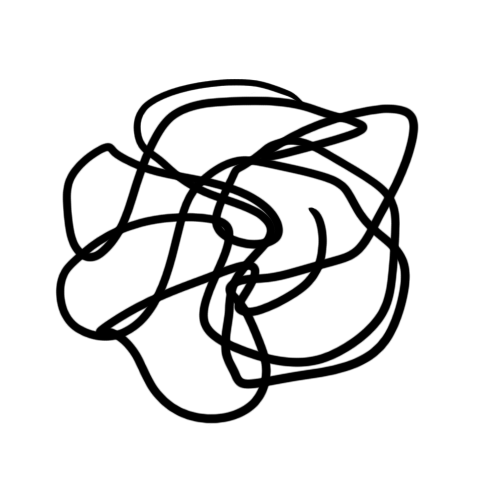
HAYAT AL-HAYAT
2025
Egyptian cotton, hand-made appliqué embroidery
installation view
About
There are wombs that promise nothing.
In our societies, motherhood remains a normative horizon, an implicit destiny. To be a woman is often to be perceived as a body in waiting — waiting to conceive, to carry, to nourish. Any deviation from that path — whether by choice or impossibility — is seen as a flaw.
The empty womb becomes suspect. The childless woman, a void to be filled, a mistake of fate. As if feminine identity could only blossom in rhythm with the reproductive cycle. This intimate injunction is so deeply rooted it works like a spell, passed from gaze to gaze, from mother to daughter, from silence to silence, from body to body.
This project explores an intimate, visceral, almost taboo question:
What does it mean to be a woman without giving birth?
Through twenty tapestries, each paired with a poem, Hayāt al-Hayāt weaves another story. That of the serpent-woman — a mythical, sensual figure, feminine, multiple, powerful, ambiguous — who walks through emptiness without fear, and reinvents her fertility elsewhere.
Inspired by Islamic miniatures, she moves through a world of signs and symbols. She slips beyond the frame, escapes the seduction of the charmer, refuses to give birth. Hers is a belly that is pierced — not with absence, but with another language. The story follows her exile, her revolt, then her appeasement. Rejected at first, she retreats into the abyss, where she receives fire. A fire of rage, but also of transformation. She burns the imposed tale, and in the ashes, forges another world. A world where the female body is no longer assigned a function. Where it may simply be: alive, vibrant, infinite. She becomes an allegory: a woman without motherhood — but not without fertility. Hers is the fertility of words, of silence, of abandonment, of pleasure, of creation, of breath and tremor, of fertile absence, of endless desire, of night, sand, ember, song, cry, and mystery. She resists, she transforms, she reinvents herself. She shifts the moon of fertility, diverts its cycles, draws new tides.
The title Hayāt al-Hayāt plays on the ambiguity between two nearly twin words: life (hayāt) and serpent (hayyah). In classical Arabic, the difference is a single letter — and an entire world. Thus Hayāt al-Hayāt can be read as "The Life of Serpents" or simply "Life Itself." A semantic slippage that captures the spirit of this project: to summon a living mythology from a marginalized body.
Not to reject motherhood, but to question how it is imposed culturally as a feminine inevitability — often at the expense of other forms of existence.
Rooted in Sufi imagery, this project explores the dualities that shape us: emptiness and fullness, flesh and light, silence and cry.
It draws from a tradition where lack becomes a calling, where absence already contains presence, where truth hides in mystery and metamorphosis.
It gives voice to those forgotten in celebrations, excluded from the cycle — yet whose presence fertilizes the world differently — not through flesh.
Free serpents. Inhabited voids. Wombs that wait for nothing, and yet shape, transform, reinvent.
This is a collective work, deeply intimate.
It carries, in its folds, a personal experience of the body and of choice.
It is also, perhaps, a letter. A story I tell to that pregnancy I never wanted.
I write it for her, to tell her why she never came, and will not come — and how it is neither her fault nor mine. What I have not passed on through flesh, I may have placed here — in the folds of fabric, in the rhythm of words, in this inhabited void we call creation.
The Craft





